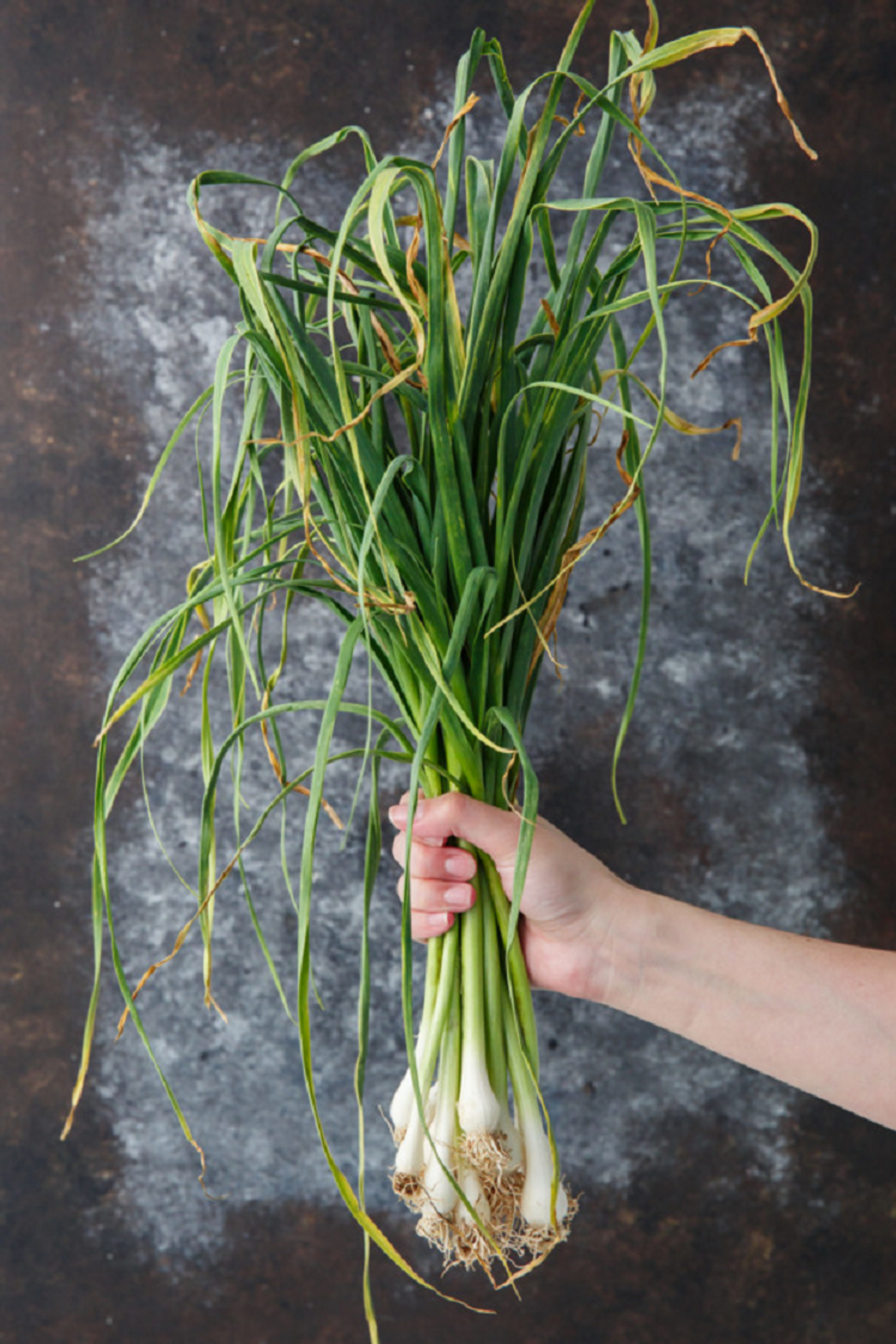One of the first questions that I hear when I meet someone new, and they find out that I am a culinary school graduate is: What is your favorite thing to cook? Not surprisingly, this is a very hard thing for me to answer honestly. I have LOTS of favorite things to cook. There is a bevy of dishes that bring me joy and the list is constantly changing.
I love to braise short ribs and oxtail. I love halibut collar--especially sucking the tender white flesh off of the bendy pieces of cartilage found in fish necks. A well-executed Tres Leches cake makes me compose sonnets in my mind. But there is a time and a place for each of these loves. Braised short ribs at the height of the summer sounds TERRIBLE--carefully searing the meat, guiding it through the Maillard reaction before deglazing with wine and tomatoes, and slowly cooking in the oven for hours. The delicious smell and warm kitchen is so much more appropriate for a cold winter afternoon--the long prep and cook time for a braised dish is a perfect fit for overcast, cold, blustery winter days and a total miss when it is sunny and beautiful outside.
So, the answer to a question about favorites depends on the season and what ingredients are being harvested by my farmer friends. Today, my favorite ingredient is Green Garlic.
Before I moved to Fallon, my experience with and awareness of green garlic was limited. You are not likely to ever find a bunch of green garlic in the produce section of any conventional grocery store. Green Garlic is the early season iteration of a plant that ultimately is harvested, dried, topped, and cured for storage in the familiar form that we see piled up in heaps near the onions. Green garlic is also magic.
In the fall, garlic growers plant individual cured garlic cloves as “seeds,” then cover their beds and wait for winter to pass. In the early spring, the garlic cloves send up green shoots that appear through the snow as the first harbinger of the changing of the seasons. The garlic plant is considered to be “young” or “green” until the bulb begins to separate into cloves and thin papery skin develops throughout the head. Local farmers sell the young plants in a bunch looking very much like a bunch of green onions. Green garlic can be used like green onions as well. You can use the entire plant in your dishes--I typically use the white bottoms just as I would a cured garlic clove (finely minced or sliced at the beginning of a recipe) and the green tops just like green onions (scattered on top as a garnish or added at the end of a recipe for a quick cook).
Green garlic has a much milder flavor when compared to dried and cured garlic cloves. This makes a whole lot of logical sense as the curing process involves moisture evaporation which leads to concentration of flavor. So, for me, springtime means using green garlic with reckless abandon. It is not uncommon for me to use a whole bunch of green garlic in one or two meals.
I grew up in a garlic-centric family. On road trips north from southern California, we would religiously stop in Gilroy to purchase pickled garlic, garlic braids to hang in the kitchen and use throughout the year, and even garlic ice cream. I put garlic in EVERYTHING--eggs, beans, sauce, marinades, dips, over cheese, with beef and chicken and fish, in stir-fries and soups. I even have a jar of fermented green garlic that has been working its biological magic for at least two years sitting on my countertop. So, my culinary recommendations for green garlic are pretty simple--buy some (do it now) and use it all the time.
We in Churchill County are pretty lucky for a bunch of reasons, but in terms of this culinary delight; this pungent gift of springtime, just head on over to Lattin Farms and buy yourself a bunch or two. I expect that you will fall just as hard in love as I have. The only downside to a love of green garlic is that it is a hyper-seasonal plant. Farmers are starting to harvest green garlic now and will be entirely done with their green garlic crop by June--so there is a small window for enjoyment, and you shouldn’t waste a moment of time or else you will have to wait an entire year for your next opportunity.
Here are two recipes that use the whole green garlic plant and really celebrate an amazing ingredient:
Alice Water’s Spaghetti with Green Garlic
INGREDIENTS:
- pound spaghetti
- cup extra virgin olive oil
- heads green garlic, thinly sliced and separated (white part and green part)
- tablespoon chopped parsley
- pinch of red pepper flakes
DIRECTIONS:
- Bring a large pot of salted water to boil and add the spaghetti. Cook until al dente, reserving 1 cup of pasta cooking water before draining.
- Meanwhile, heat the olive oil in a large (3-quart) saucepan over medium heat until shimmering. Add the white parts of the garlic, parsley, red pepper flakes, and 1/4 cup of water. Cover and sweat, stirring occasionally, until soft, adding more water if necessary, to keep the garlic from caramelizing too much.
- Add the cooked pasta to the garlic mixture and toss well to combine. Add some pasta cooking water if necessary, to bring the dish to a creamy consistency. Serve with more olive oil and the minced tops of the green garlic.
Green Garlic Soup
INGREDIENTS:
5 tablespoons unsalted butter
24 young garlic plants, white part only, halved lengthwise (about 8 ounces worth)
3/4 cup water
1 1/2 pounds small red potatoes, peeled and quartered
6 cups (1 1/2 quarts) chicken or vegetable broth
1/2 cup heavy cream
1 1/2 teaspoons salt
2 to 2 1/2 teaspoons white wine vinegar, to taste
ground pepper to taste
olive oil, and watercress, for garnish (optional)
DIRECTIONS:
- Melt butter in a large, heavy-bottomed stockpot. Add garlic and 1/4 cup of water. Bring to a simmer, then cover and cook for 15 minutes. Add the potatoes and remaining 1/2 cup water and simmer for 20 minutes. Add the broth, cover, and allow to bubble gently for 20 more minutes.
- Allow to cool slightly. Puree the soup in batches in a blender for 2 minutes until smooth. If a smoother texture is desired, pass the puree through a medium-fine sieve and return to saucepan. Stir in the cream and salt. Add the vinegar, 1 teaspoon at a time, tasting the soup after each addition, until it tastes good to you.
- Reheat the soup gently and serve in warm bowls. Grind black pepper generously over each portion, drizzle with a good olive oil, sprinkle with watercress leaves (if using), and serve with slices of toasted or grilled sourdough bread.









































Comment
Comments